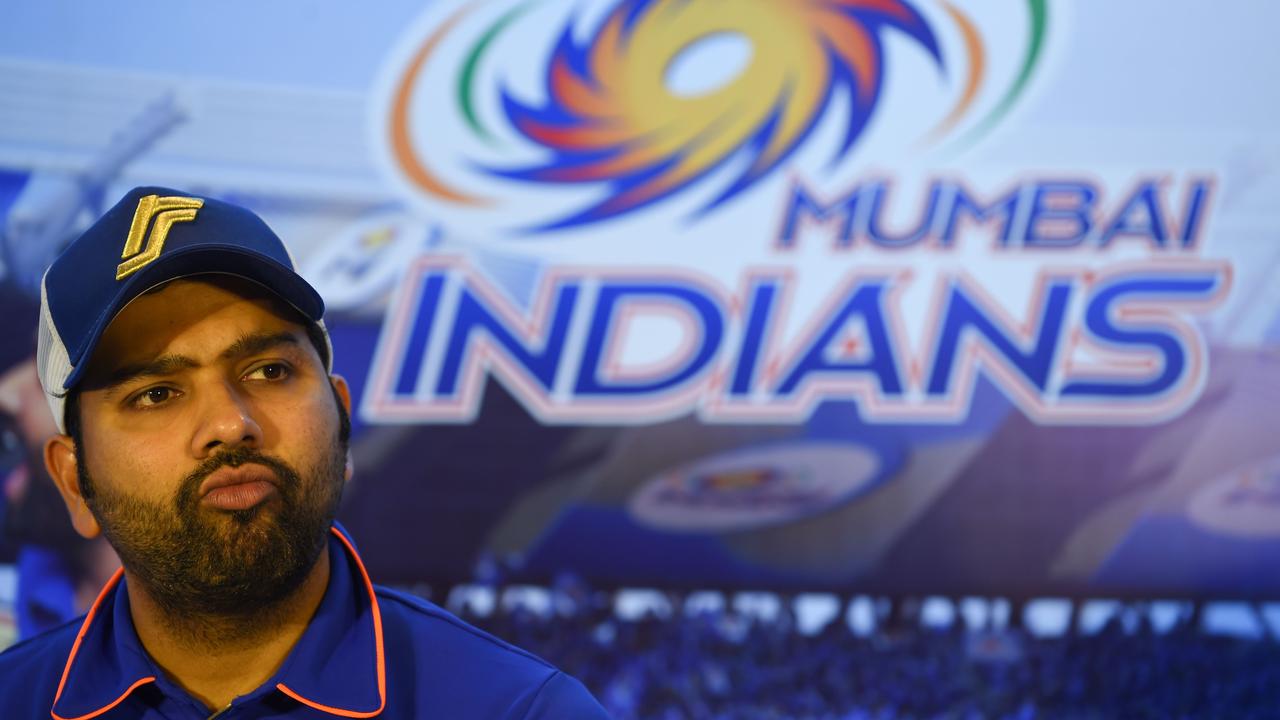Australia’s punk rock batsman finds his speed
Since earning a T20 cap for Australia on this ground nearly nine years ago, David Warner has done everything at top speed.
As drinks were served yesterday afternoon at the Melbourne Cricket Ground, the scoreboard stat-o-matic produced a figure for the crowd to chew on concerning the “fastest Australian to 6000 Test runs”. There was Bradman, of course, in his role of everyday outlier; fourth in the list, slightly in arrears of Ponting and Hayden, came man of the moment David Warner, who had also just come by his 21st Test century.
The stat itself, of course, was something of a misnomer: the record, more precisely, concerned the fewest Test innings to achieve the relevant landmark, in this case 129. Yet how else does Warner come by records other than “fast”? Since earning a T20 cap for Australia on this ground nearly nine years ago before playing a Sheffield Shield match for his state, his whole career has been headlong. Others may go further; Warner, as yesterday, takes an inside lane.
Before the match, Warner had spoken of wanting to defy the fields and lines that have kept him in slight check this summer, about “staying out there and grinding it out and batting my way”. There was a touch of urgency when, playing with hard, tense hands, he looped his fifth ball just beyond gully’s left hand, causing arms to be raised around the field.
Those English arms sank back and stayed there. Pretty soon, Warner was punching Stuart Broad and James Anderson down the ground, pulling Chris Woakes and Moeen Ali, sweepers and the span of the ground constraining him square of the wicket, but little to be done in the compass’s other degrees.
Mid-off, though set deep, seldom stood a chance when Warner leaned into his drives; he glanced Anderson with exquisite fineness. When others might have grown circumspect in the first session’s last over from Moeen, Warner nonchalantly drove into the sightscreen on the full to reach 83. Cameron Bancroft went to lunch on a rather listless 19, like a rowboat that had been towed along by a speedboat.
When a rock journalist once commented that the Ramones played short songs, Joey Ramone corrected him: they played ordinary songs really fast. So does Warner approach batting. It isn’t impatience or impetuosity. It is his natural speed, almost a physical imperative, like a longer stride or a wider reach.
It’s decelerating that feels more of a strain, as if the Ramones were essaying prog rock or a power ballad. Actually, his defence, straight and sculpted, is as solid as anyone’s. But it’s forcing bowlers and captains on the defensive that is his metier.
In this, of course, Warner is in step with a 21st century movement. As fast bowling has grown ever scarcer, fast batting, the kind heralded by the like of Virender Sehwag and Kevin Pietersen, and richly rewarded by T20, has come into its own.
It was Sehwag who, when they played together at the Delhi Daredevils at the start of the decade, convinced Warner he had the method and mettle to adapt to cricket’s longer forms, and seldom can counsel have been heeded with such alacrity; to this day, only Sehwag among specialist batsmen has a slicker Test strike rate.
At his pre-match media conference, interestingly, it was the example of Sehwag that Warner invoked, mentioning the measures that teams had taken to counteract his old Indian familiar: “They had third man, two square legs and a deep point. They kept on bowling to his areas and strengths and he ended up getting out a couple of times but he worked it out himself. It’s upon me to keep backing my strengths and playing my game.” Again with the “my”: it’s as though Warner feels, perhaps since Sehwag’s retirement, that the trademark, at least in Test cricket, resides with him.
Whatever the case, yesterday was batting as thinking aloud: a half century in 64 balls, a century in 66 more, restrained only as the milestone approached, by some cagey denial. Joe Root, doggedly, packed the offside. Stuart Broad, patriotically, bowled wider still and wider.
At last, on 99, Warner was guilty of trespass. Trying to force the issue against Tom Curran, he miscued to Broad at mid-on, marching smartly for the pavilion, then turning just as smartly back when the replay screen revealed a transgression of the front line.
Those English arms slumped again; Tom Curran, on debut, looked like he could have cut his own throat. Warner has a way of making every reprieve feel vital, so swiftly can he rub in consequences.
As it happens, nicking off to a handy delivery from Anderson a few overs later, Warner did not linger. Others rather did. To tea, the three other Australian batsmen on show during the day had struck at 24 per hundred balls, cricket’s version of a two-speed economy. Resuming afterward, Steve Smith provided the stimulus for a broader-based growth.
Australia’s captain is as sure as his vice-captain is fast, comfortably banking a half-century in 98 deliveries, sometimes, when Curran bowled another of his rather too-frequent slower balls, appearing almost to have slowed down time. Smith had come into the match with an injured bottom hand; he could probably have batted with it tied behind his back.
After Warner’s helter-skelter, and on a featureless pitch, Root could feel as though he had escaped damage too severe.
His counterpart, however, has not been dismissed in a Test match at the MCG since December 29, 2014, in which time he has come by 434 runs.
The scoreboard might need to have statistics readily to hand today.



